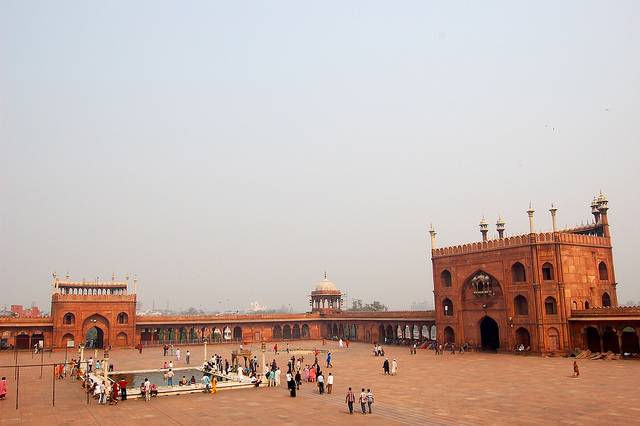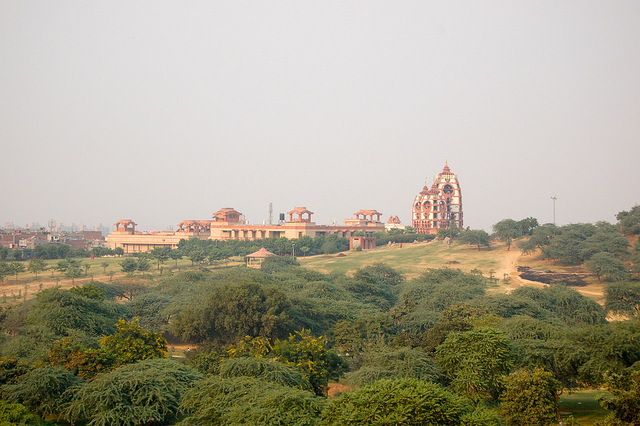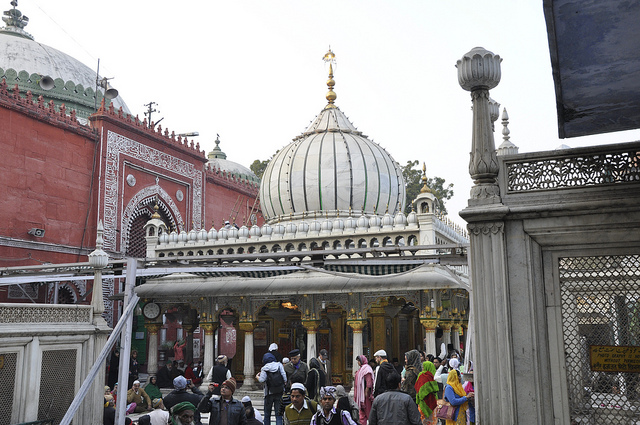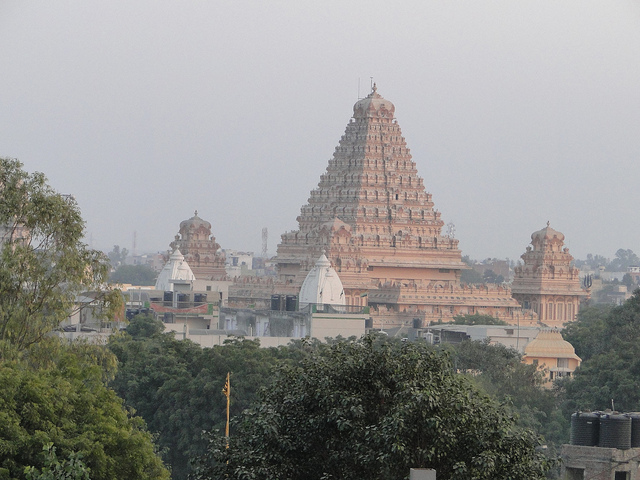Jama Masjid
Jama Masjid of Delhi is the largest mosque in India. The Jama Masjid stands across the road in front of the Red Fort. Built between 1644 and 1658, Jama Masjid is one of the last architectural works of the Mughal emperor Shah Jahan.
Built by Shah Jahan, Jama Masjid was begun in 1650 and it took hard work of six years of more than 5000 workers to build the largest mosque in India. It was customary for the emperor and his courtiers to go to the mosque every Friday for attending 'Jumme ki namaaz', the congressional prayers. The magnificent example of Mughal architecture, Jama Masjid has three massive gateways - the largest and highest being on the east. This gateway was reserved exclusively for the stately appearance of the emperor.


- Nearest Railway Station is Old Delhi Railway Station.
- Nearest Metro Station is Kashmiri Gate.



